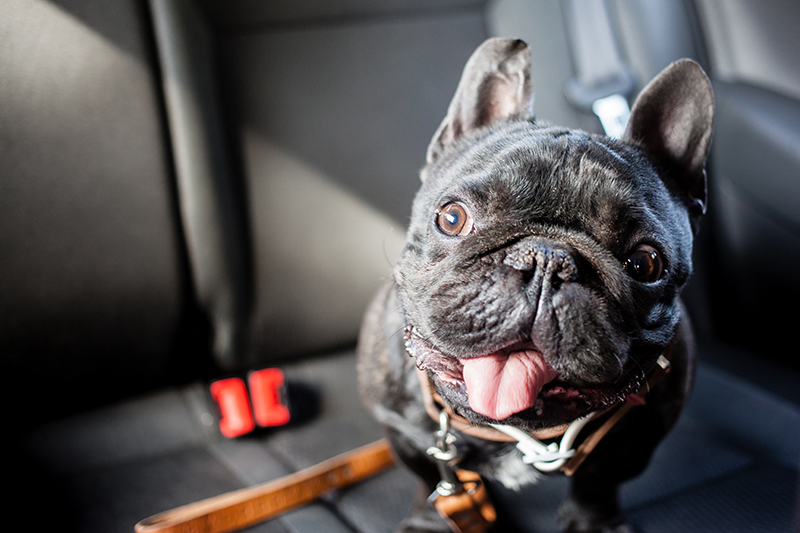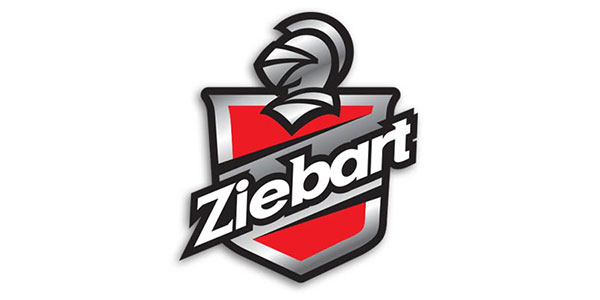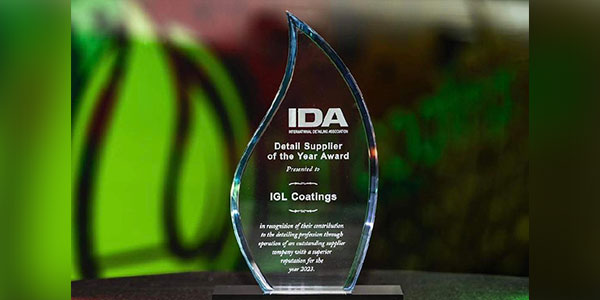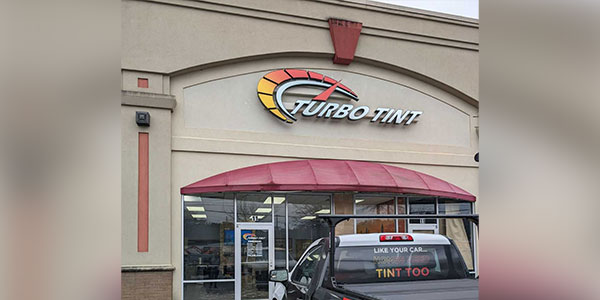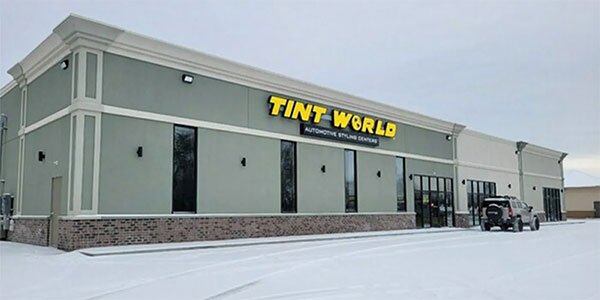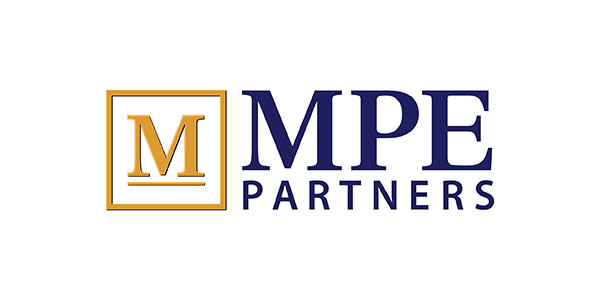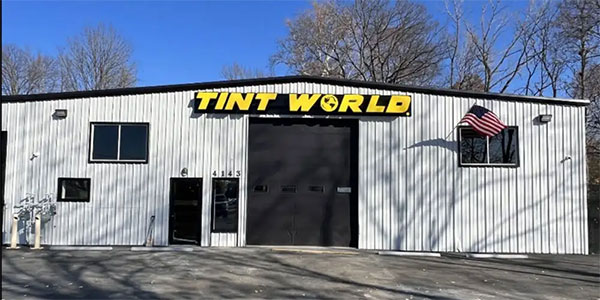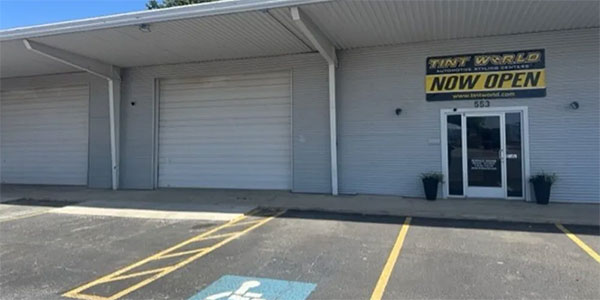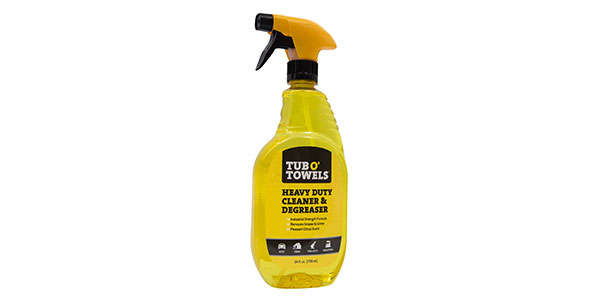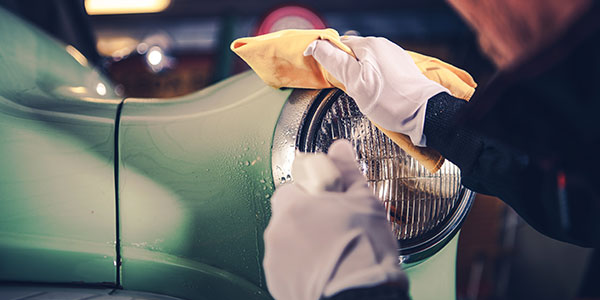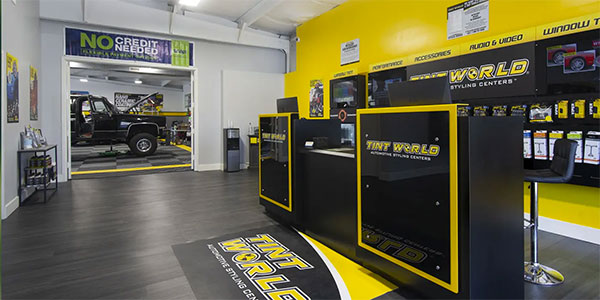Sixty-eight percent of households (i.e. 85 million) in the U.S. own a pet, according to an American Pet Products Association survey, and of that number, 60.2% of them own dogs while 47.1% own cats. These pets are bound to take a ride in the car at some point or another, and they’re bound to leave something behind.
No time to read this article? Listen to it instead!
“As clean as we believe our pets to be, animals undeniably leave behind unpleasant reminders of being passengers in vehicles,” states Brendan Thomas, national director of training for NuVinAir Global. “Pets bring dirt, grime and, in some instances, even fecal matter into our cars. If improperly cleaned, animal odors will linger because of physical contaminants left behind.”
And, you can bet there are pet owners out there who need their cars cleaned. CarRentals.com surveyed 1,000 drivers to see how often they clean the insides of their cars. Astoundingly, they found that 32% of drivers only clean their cars once a year, while 12% never clean their vehicles.
As a detailer, you have a huge target demographic of pet owners open to you, and there are opportunities to capitalize on the unique problems that arise from having pets in the car.
That lingering smell
Generally, lingering pet odors are the results of pet hair or other bio matter, such as feces, urine, vomit, cat spray, etc., being left behind or embedded in the carpet and/or upholstery. Urine, in particular, leaves an acidic stain that emits a sour smell. If a car owner has already tried to clean these surfaces and the odor remains, then he or she either has not cleaned the vehicle properly or the matter has seeped beyond reach into the foam of a seat cushion, for instance.
“Usually what happens is it’s the long dwell-term of the contaminant that soaks into the backing on the sub-material,” explains Keith Duplessie, president of Detail Plus Car Appearance Systems. “It’s usually not the surface material that’s difficult to clean. So that’s where we get the residual odor. And, that can be exacerbated by heat.”
The heat factor is especially critical and definitely a problem in warmer climates. “Rising temperatures play a big role in a vehicle’s odor resurrection, especially if those vehicles have been detailed with masking agents and quick-fix solutions,” Thomas explains. “Once the inside of a vehicle heats up, whatever cover-up solution that was used to disguise an odor will melt away. To ensure odors never return, use surfactant cleaning products that attack odors at the source, not just masking them, but getting to the root cause of an odor and removing it completely, once and for all.”
Steps for odor removal
Step one: contaminant removal
The first step to deodorizing a vehicle is to remove all possible contaminants that may be causing the smell. In other words, you will need to conduct a complete detail of the interior — not just the problem area(s). Part of the issue with odors is that they emanate from whatever matter is left behind, and sometimes that matter travels. In the case of pet hair, this matter can settle anywhere — in air vents, side-door panels, etc. “All possible compartments that can hold animal hair, dander or urine/fecal matter must be opened, inspected and cleaned,” Thomas asserts.
Related: How to remove pet hair in 3 steps
As for spot-treating urine/fecal stains on carpet or upholstery, the procedure is not very different from a standard carpet cleaning process.
First, you want to make sure you are wearing personal protective equipment, such as nitrile gloves, a dust particulate mask or respirator, safety glasses and some form of skin coverage, be it a long sleeve shirt and/or pants. While these will protect you from any contaminants that go airborne, you do not want to exacerbate the problem by using a forced air extraction method, Duplessie says. Instead, go with a dry brushing method.
Using a nylon carpet brush and a stout vacuum, scrub the upholstered surfaces to break any dry contaminants free. You don’t want to wet these surfaces with anything; otherwise, the contaminants will be harder to pull up.
“If you wet it, you reanimate it and then you make it just like you would dirt — you’re making mud, and that makes it more difficult to get out,” Duplessie states.
Duplessie provides an additional warning for detailers: “I would also advise not to remove seats anymore, especially on the newer vehicles, because there is a fault code that can be tripped with the new vehicles.” Tripping the fault code means that it will need to be reset, and if you are unable to do this, you’re leaving the customer with a problem he or she has to take care of, which will sour the experience.
Step two: stain remover application
The second step, according to Duplessie, will be to apply an appropriate enzyme stain remover. There are four basic enzymes that detailers will often work with: lipase, cellulase, amylase and protease. Lipase is usually used to remove oil stains, so it would be of little use in this instance. Cellulase removes plant-based materials, which may have some use here; however, of more import will be amylase, which helps remove urine stains and odors, and protease, which is a protein remover.
“A lot of people think these are actually live enzymes and they eat and kill bacteria. They don’t,” Duplessie states. “They basically chemically act with the material and change the structure of the stain agent, be that a protein or another material.”
After applying the enzymes, agitate them into the surfaces, and then move on to an all-purpose upholstery and carpet shampoo. While the enzyme stain remover will break down and chemically change the stains to make them easier to lift, it will not eradicate them; hence, you need to clean the carpet as normal to remove everything left behind by the chemical process.
Step three: extraction
The next step is extraction. Duplessie recommends using a vapor or dry steamer. “Steam is the best cleaning method we can use for sterilization and for low-water inject,” he notes.
After all, you want to prevent wicking, or the resurfacing of a stain after too much liquid has been used on it. Be sure to wrap a towel around the brush end of the steamer, so that as the steam releases the dirt and soils, they will get picked up by the fabric of the towel.
The drawback of steam, Duplessie admits, is that it doesn’t penetrate very deeply. However, for carpet stains and surface upholstery, a steam extraction should be adequate. If urine, for example, has seeped deeper into the upholstery and penetrated the foam of the cushion, there is not much any detailer can do to fix the problem. In fact, the owner will likely need to replace the seat cushions.
Step four: sterilization and deodorization
Finally, you’ll want to apply a sterilization agent (usually one that has a peroxide base) as well as an odor neutralizer or deodorant. Deodorizers are not fragrances, which mask odors with scents. Read the labels on your chemicals to make sure you are using an agent that will eliminate an odor and not simply cover it up.
Marketing your services
It is critical for detailers and full-serve carwashes to advertise that they are capable of completing such niche work as cleaning up bio-stains. Furthermore, it’s best to advertise your process and its various benefits too. Let your customers know what your methods are designed to do; however, don’t promise more than you can deliver. In fact, it’s better to understate your abilities than to overstate them.
“There’s no guarantee ever that you’re going to get 100% removal,” Duplessie states. “You need to prepare [customers] for the possibility that we may not be able to remove all of it. Unless we’re present at any kind of stain or spill creation, we don’t always know what we’re really getting into as detailers. So to me, it’s really important to be up-front with your customer about what you’re capable of and what they should expect the results to be. And most times, you can get a really good result. But, you need to prepare your customer for the eventuality that [such a result] may not always be the case.”
Regardless of how successful you will be, these methods still take time and materials, and you need to price your services accordingly. In Duplessie’s opinion, detailers often fail to appropriately market what these services cost.
While you shouldn’t gouge customers, you should make clear that paying a couple hundred dollars to maintain a multi-thousand-dollar vehicle is a fair price — especially when the alternative could be having to replace entire seat cushions, which can get expensive.
As far as other wash types are concerned, there are options operators can give to customers to take care of these problems themselves.
“For self-serve customers, carwashes can offer fun ‘Detailing for Dummies’ posters advertised throughout their wash, which will empower them to optimize the job they’re detailing themselves,” Thomas suggests.
Express washes can have a pet stain/odor removal product on hand for customers to use when they ask for it, but Duplessie doesn’t recommend selling a showcase product, as it only sets the stage for disappointment.
Thomas also advises that express washes make partnerships with pet shelters to bring them and current and potential pet owners together. “Also, carwashes can promote their services at local pet stores, running loyalty promotions with targeted SMS messages and email campaigns,” Thomas explains.
Overall, since express carwashes are based on the concept of time, it is probably for the best to leave such detailing to the professionals. An express carwash can establish a relationship with a detailing shop or full-serve car care business and recommend customers to them for such problems, though the express carwash owner should not expect to get anything in return besides some potential cross-promotions.
“Sometimes, being a good guy and referring people to another business that does what you do not do well is the best way to endear yourself to your customers. Taking on the job you are ill-equipped to do or not qualified for often puts you in a position where the customer’s expectations do not get met and you fail on the service of the customer,” Duplessie concludes.

